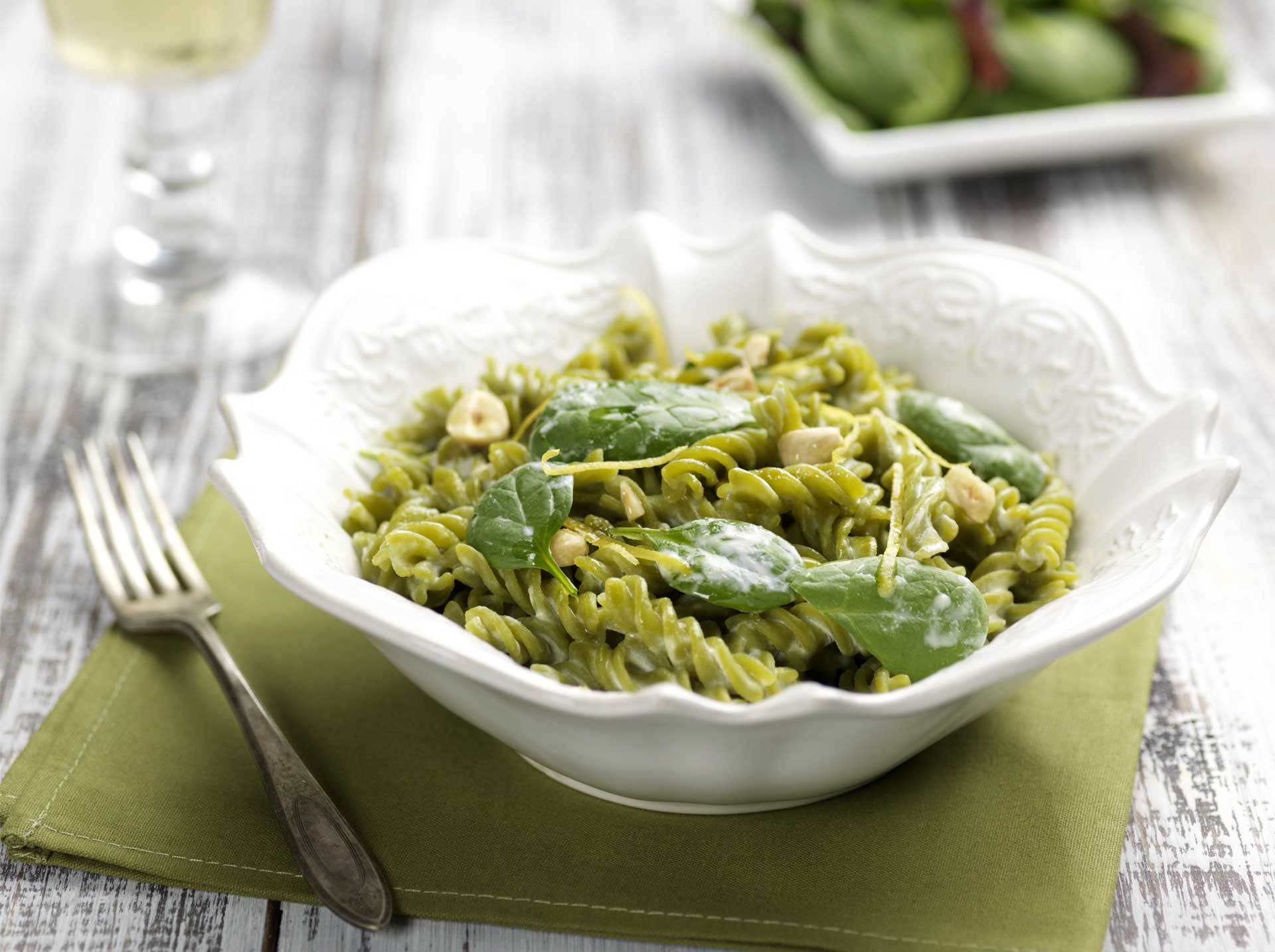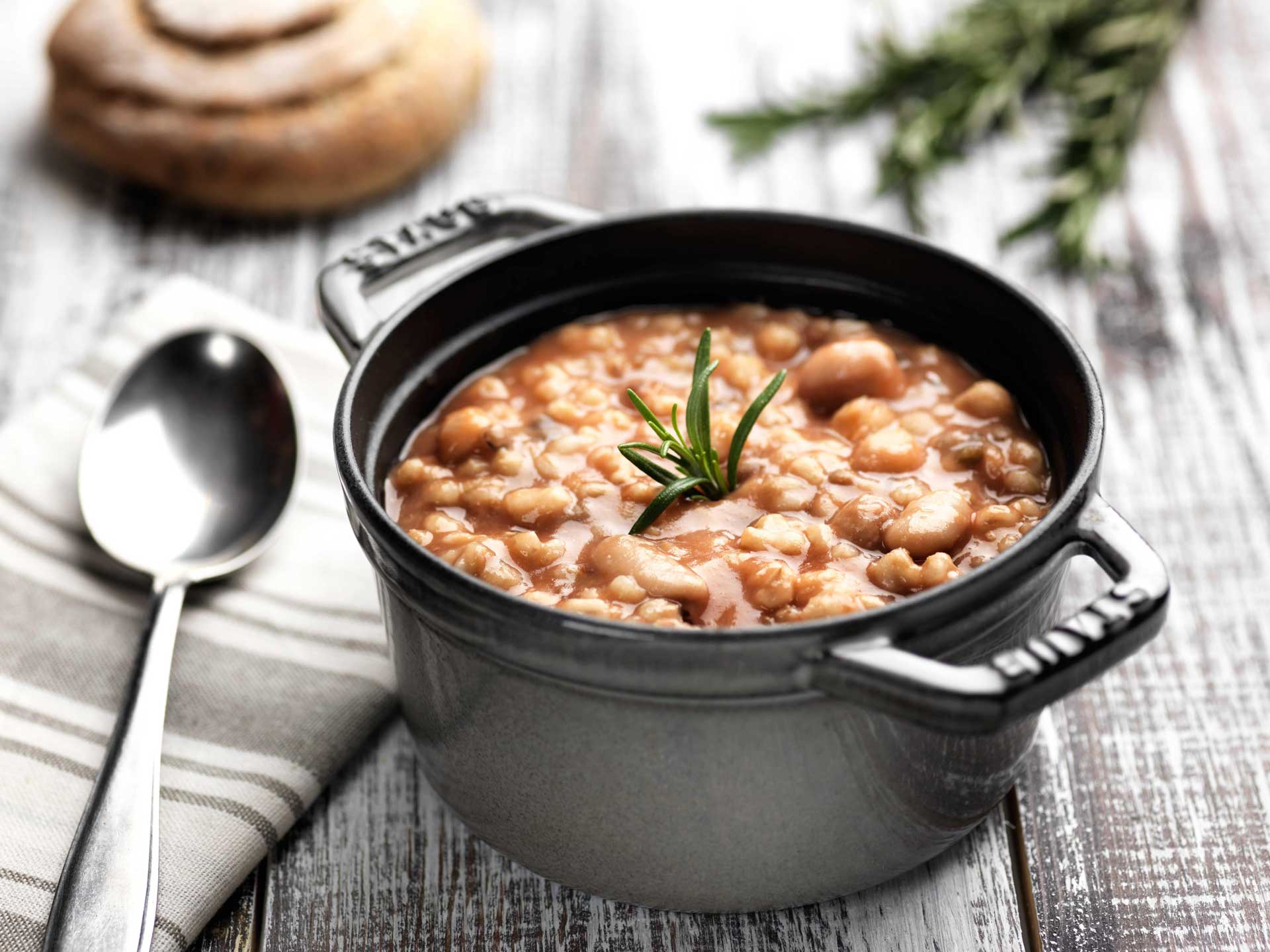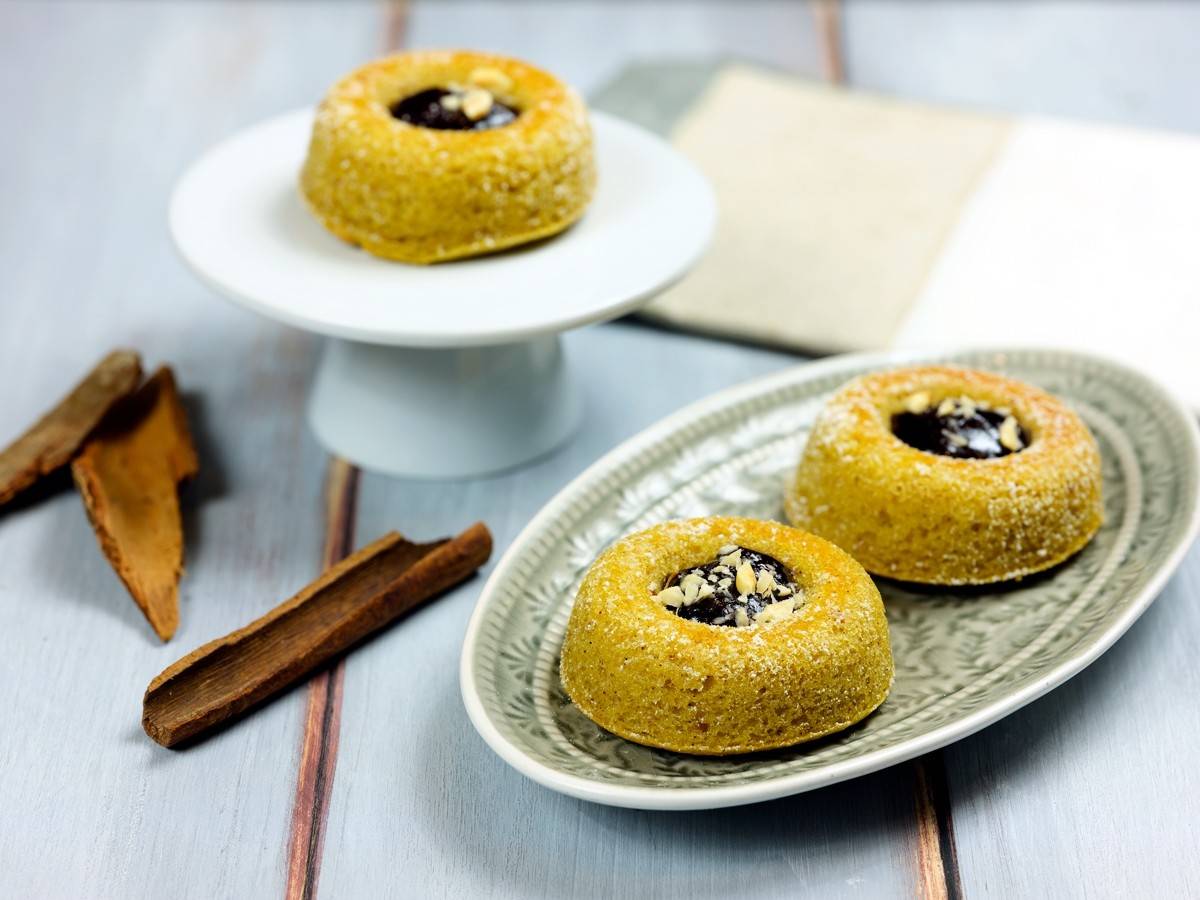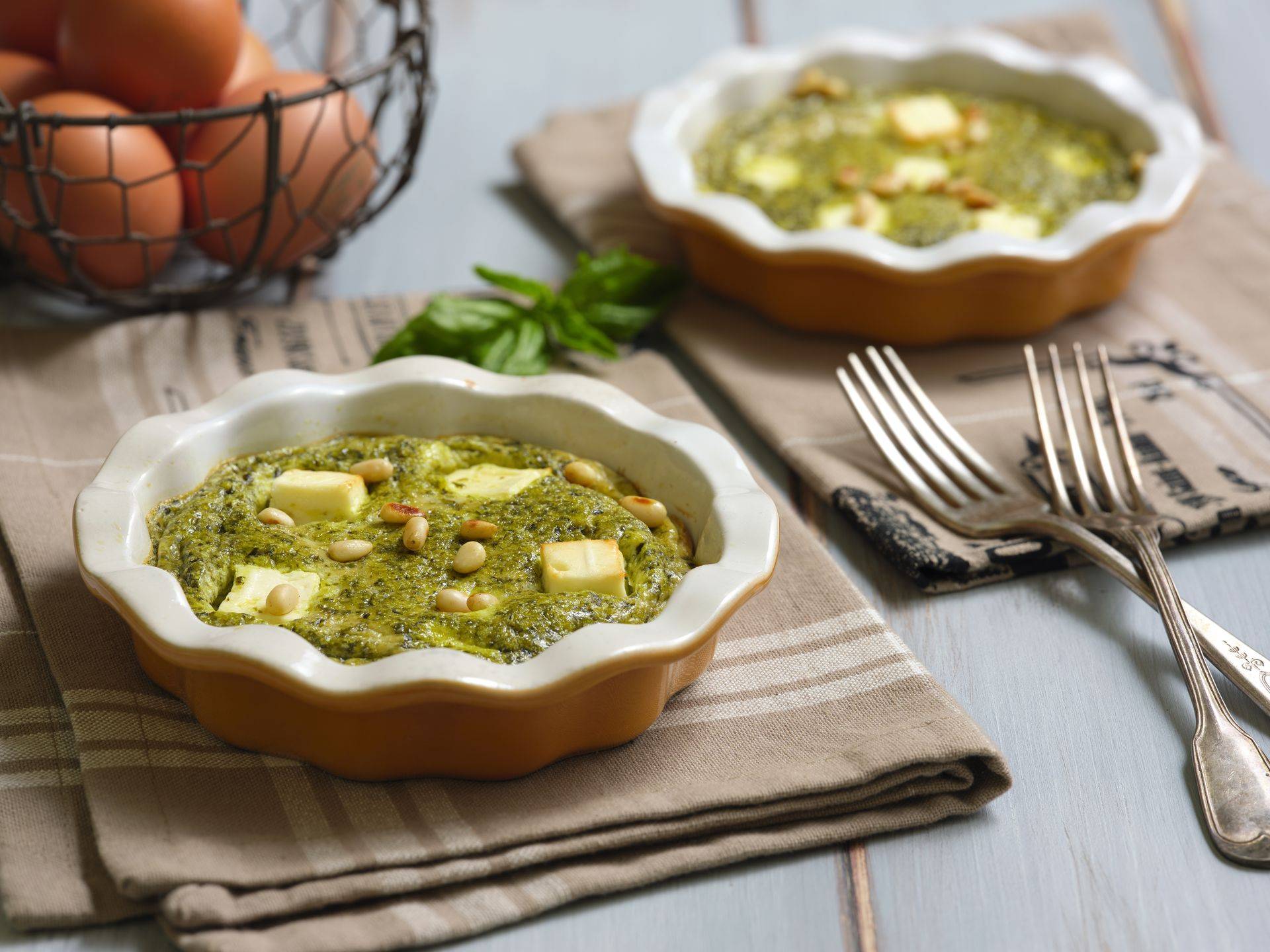.png)
Who invented spaghetti, the origins of healthy eating
There is one thing that distinguishes Italians from all other peoples: good food. The good food, which has made the Bel Paese known all over the world, prefers above all some types of dishes, first of all spaghetti. But how many know exactly the origins of this dish? How many can say they really know who invented spaghetti?
Spaghetti story: all the secrets
There are many stories that hide behind the birth of this special format of pasta loved and declined in all cultures of the world. Each has known a different history and a nation that in the world has attributed the paternity of this birth. Many times the origins of spaghetti have been attributed to the Chinese. Many, for a long time, thought that spaghetti had been imported by Marco Polo upon returning from his trip to China. In fact, part of this that has been almost a legend over the years, certainly has a solid foundation. Over time, however, the origin of spaghetti has constantly divided between different cultures and societies, in constant contrast between East and West. The ingredients used, the drying process exported from the Mediterranean, have made spaghetti a perfect mix between two seemingly opposite cultures, a true communion that has made this meal the best known in the world. We discover in fact the origin of spaghetti and the evolution in biological.
Origin of spaghetti among myths and legends
The first pasta format was born in Western Asia, specifically in a territory known today as Pakistan. Spaghetti has a very special past; they were born as a second choice food. It seems in fact that they were initially a simple waste product of pasta processing, which is why it was not considered a valuable food. The history of spaghetti knows, over the years, the poorest population, the one that grows wheat. Apparently they were even prepared for the servants of the Sultan of Bahawalpur. Their success is mainly related to form. Halfway between the story and the legend, the story spreads that sees the protagonist of the son of the Sultan of Bahawalpur who, visiting the kitchens of the palace, is pleasantly impressed by the particular shape of this pasta. Since then, spaghetti began to make room and climb up the high social steps to arrive in the dishes of the royal family. The story also wants the apparently bizarre shape of this pasta to remind the soldiers of the kingdom. According to the legend, in fact, the name spaghetti derives from the term "sipahee" or soldiers. The initial name of the spaghetti then turned into "spahi", Italianized term in spaghetti. Spaghetti began to intrigue the entire world of East and West in no time.
Spread of spaghetti in the world
Spaghetti spread quickly in Italy and around the world. Specifically, the origin of spaghetti in the peninsula, has seen as accomplices the unmistakable taste and the unique shape of this pasta. Spaghetti arrived in Italy making space between other formats. Probably their spread in Italy is really very old. But it is only in the early 1800s that the term spaghetti arrives in the Dictionary of the Italian language and becomes the main meal of Neapolitan cuisine. It is in Naples that spaghetti assume the role of one of the most loved dishes by aristocrats and people At that time, in fact, in the Kingdom of Naples wheat lived a cheap time. Pasta suddenly became an accessible product for everyone especially when, for religious reasons, it was not possible to consume meat. Famous in fact the passion of King Ferdinand IV of Bourbon against this dish. Despite the disputed history among several peoples, despite the contamination of various cultures, spaghetti remains today one of the symbols of Italianity in the world, the iconic dish of the Mediterranean tradition. All this thanks to the infinite talent of Italian art that has made this pasta format a real reference point What was generally called long pasta, today can be categorized in different types of formats that recall spaghetti in the form but differ from these in ingredients and format. What is most commonly called long pasta, differs in the Bioitalia line in
- spaghetti;
- whole-grain spaghetti;
- gluten-free spaghetti;
- spaghetti tricolor;
- durum wheat spaghetti.
All these formats have contributed over the years to perfect what is known all over the world as Italian food. In fact, if we talk about a dish with spaghetti with tomato, we can not now refer to Campania and in general to the Italian style that distinguishes healthy eating. The same that led to the birth of organic spaghetti. The origins of spaghetti are really interesting and rich in history and legend. And it is thanks to this story that today we talk about spaghetti as an iconic dish, one of the most loved and imitated worldwide. One thing is for sure, organic spaghetti is perfect on all occasions: for a dinner at home with friends, for a formal lunch, for a romantic date. There are many traditions and stories that surround this dish: cooking spaghetti in one way or another, serving them to the fullest. Made with sauce, the scent of sea or mountain, we Italians love them in all ways, even better if organic.






